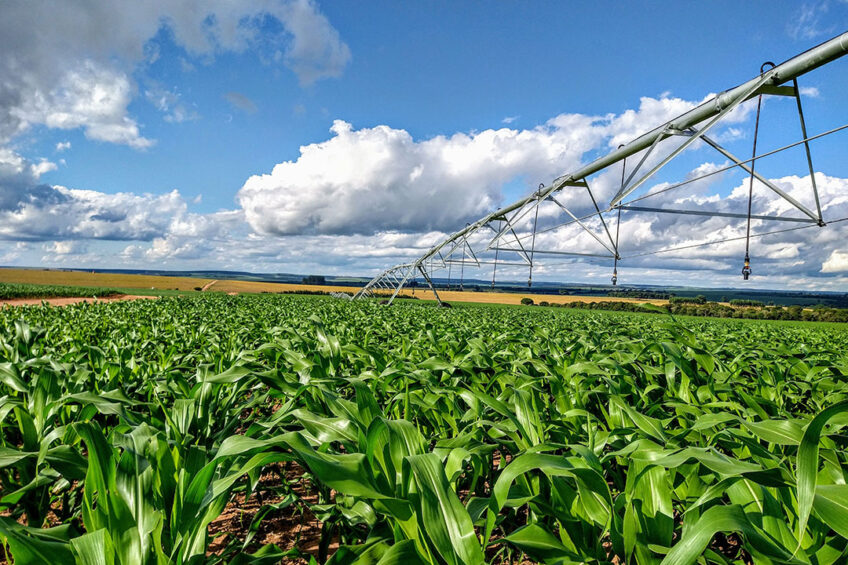Brazil forecasts 40 million tons extra grains this season

The move means 15% more production in comparison to the last agricultural year.
Brazil forecasts 312.5 million tons of grain for the harvest 2022/2023. Which means 40.1 million tons extra, approximately 15% more than the previous 2021-2022 season, which was 271.9 million tons.
Globally, the volume would make up for significant losses in Argentina and even the lack of definitions in the world market, such as the conflict in the Black Sea between Russia and Ukraine, which could affect the international supply of grains.
Grain coverage up 3.3%
Brazilian grain production will cover 3.3% more area this season, which corresponds to the incorporation of 2.5 million hectares, reaching 77 million hectares. This area covers 9% of Brazilian territory.
The data are available in the 7th Grain Harvest Survey, released last week, by the National Supply Company (Conab). The good performance is explained not only by the increase in the area but also by the improvement in the productivity of crops such as soy, corn, cotton, sunflower, castor bean, and sorghum.
However, the consolidated result still depends on climate behaviour, a preponderant factor for the development of 2nd and 3rd harvest crops. Brazilian climate allows producers to have up to 3 harvests in the same area each 12 months.
Soy production
Soy remains the product with the highest volume in the country, with an estimated production of 153.6 million tons. With a harvest rate of 78.2% up to the beginning of this month, good productivity reaches 3,527 kilograms per hectare.
Soy markets
In addition, Conab adjusted the soybean export estimates for the 2022/23 harvest, with expectations of reaching a volume of 94.35 million tons. The state-owned company also changed the projections for domestic consumption of soy oil, which decreased from 9.15 million tons to 8.29 million tons.
Corn production
Conab also predicts an increase in both area and production of corn. The cereal cultivation is estimated at 21.97 million hectares, 1.8% higher. The total production is estimated at 124.88 million tons.
Sorghum production
Another product showing growth is sorghum, which may exceed 3.7 million tons in this harvest.
Rice production
On the other hand, Brazil is likely to produce just 9.94 million tons of rice, the lowest level in the last 2 decades. The lower volume is explained by the drop in Rio Grande do Sul, the largest producer of this grain.
There was also a drop in the total sown area with beans, which could reach 2.76 million hectares. Adding the 3 harvests, production should be 2.95 million tons.







